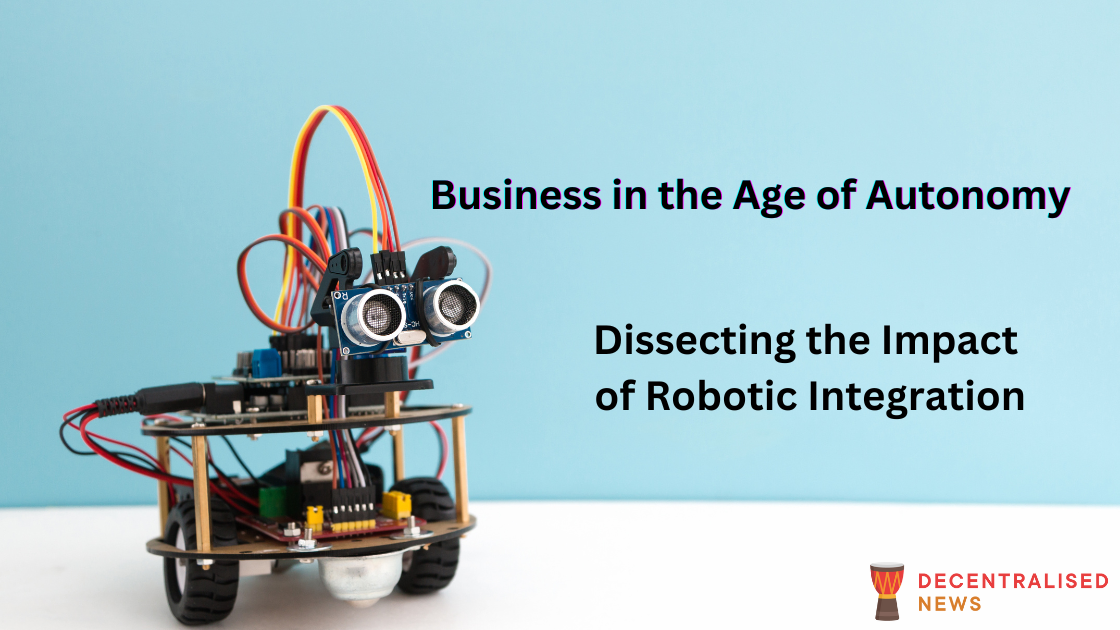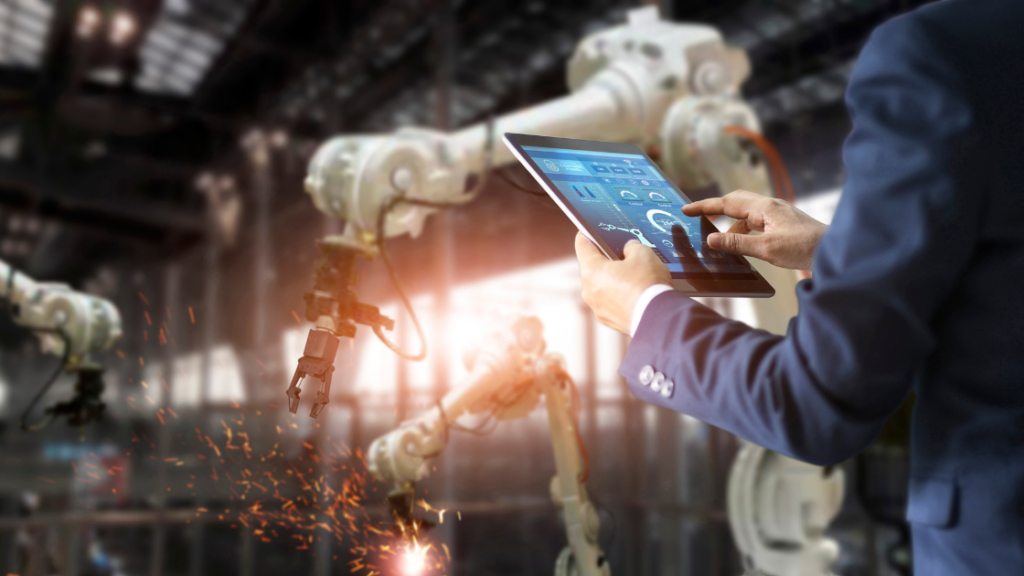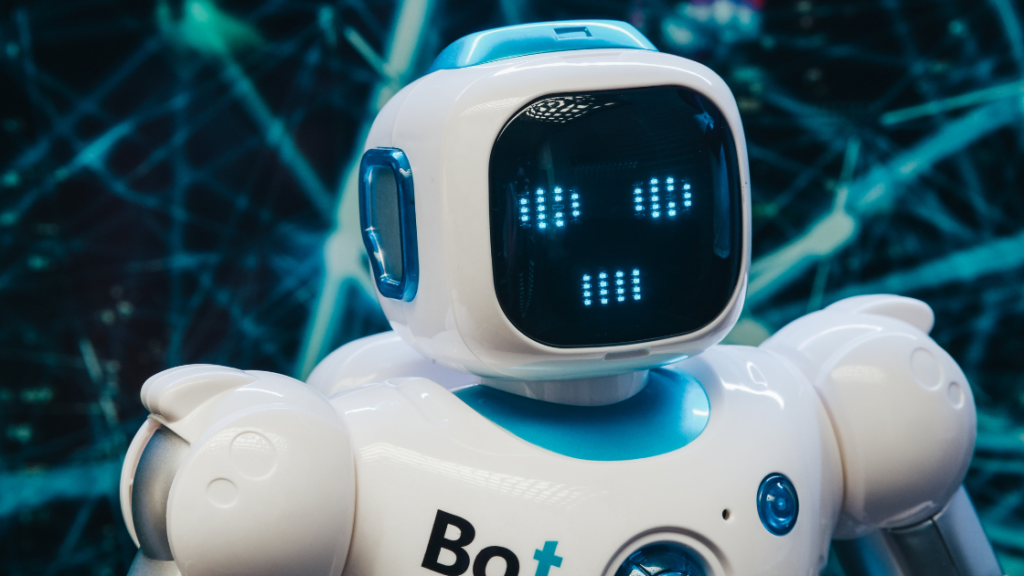Business in the Age of Autonomy: Dissecting the Impact of Robotic Integration

As the sun sets on traditional business models, the dawn of intelligent machines breaks. Robotics has promised significant efficiency gains and operational transformations. However, are we truly prepared for this technological tsunami? Let’s unravel the thorny issues embedded within this shining promise.
Rise of the Robots: A Threat to the Human Workforce?
As robots take over repetitive and mundane tasks, businesses see a future full of cost savings and increased productivity. However, the bleak side of this narrative revolves around job displacement. The exponential advancements in robotics could lead to a significant decline in job opportunities for low-skilled workers, exacerbating income inequality and social tensions. This ‘robotic takeover’ prompts a pressing question – are we setting up a zero-sum game between human labor and intelligent machines?

A Data-Driven World: Is Privacy the Price to Pay?
The fuel that drives the world of robotics is data. The more data a robot processes, the smarter it becomes. But where does all this data come from? Our transactions, interactions, and behaviors. Thus, as businesses ramp up their adoption of robotics, our privacy is continually being compromised. This trade-off between utility and privacy raises ethical concerns about data exploitation and surveillance.
Digital Divide: Widening the Gap
The adoption of robotics is a costly affair, which will predominantly favor wealthy businesses capable of making such investments. Small and medium-sized businesses might struggle to keep up, leading to a widening ‘digital divide.’ This divide could stifle competition, creating monopolies or duopolies where only the technologically superior thrive, thereby hindering a fair market ecosystem.
Black-Box Decision Making: A Roadblock to Accountability
As we move towards an era of autonomous robots, a significant concern arises – the opaqueness of decision-making processes. These robots, driven by complex algorithms, make decisions that even their creators may not fully understand. This black-box nature of robotics can lead to unchecked biases and discrepancies. In the event of an error or a mishap, who should be held responsible? The creators, the operators, or the robot itself? The lines of accountability blur as we step into the age of intelligent machines.

Cybersecurity: The Dark Shadow of Technological Advancement
As robotics gain prominence in business operations, cybersecurity becomes an existential concern. Any loopholes in the system could lead to data breaches, intellectual property theft, and operational disruptions. In this connected world, a single vulnerability could have a domino effect, impacting not just one business but an entire supply chain.
The Trend Forecast
There’s no denying that robotics promises to redefine business operations, bringing unprecedented levels of efficiency. However, this robotic dawn also casts long, ominous shadows. Job displacement, privacy concerns, competitive inequality, opaque decision-making, and cybersecurity threats are real and significant challenges that need to be addressed.
It’s crucial for businesses to not just invest in robotics but also in robust cybersecurity systems, re-skilling initiatives, and transparent algorithmic processes. Policymakers must also step in, bridging the digital divide, safeguarding privacy rights, and creating clear lines of accountability for robotic mishaps.
The future of business lies not in choosing between humans and robots but in finding the right balance. In this brave new world, our challenge is to ensure that the rise of robots is not just about better business models, but also about creating an equitable and secure future for all.





